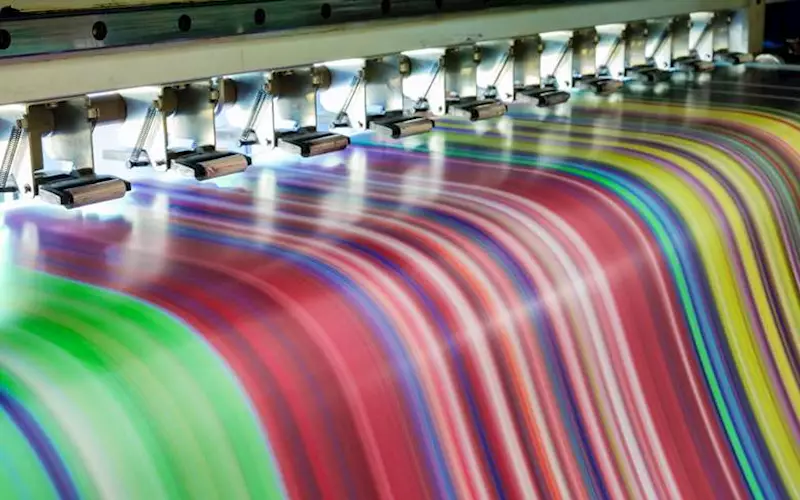Smithers values inkjet print market at Rs 607 billion; to grow 8% to 2025
Ohio-based testing and consulting major Smithers valued the inkjet print market at USD 80.4 billion (approx. Rs 607 billion), almost the equivalent to 923 billion A4 prints, and is expected to reach USD 118.2 billion in 2025.
05 Jun 2020 | By Sriraam Selvam
In their latest report ‘The Future of inkjet printing to 2025’, the company founded in 1925 and headquartered in Akron, Ohio also state that growth will continue as high-performance technology comes to market with printers and converters spending USD 3.9 billion on new inkjet equipment, up from USD 2.9 billion in 2015. Inkjet ink consumption in graphics and packaging applications is to be nearly 124,000 tonnes, more than twice the 2015 volume.
According to the report, all inkjet sectors are growing – even applications where the overall print market is falling, which is the case for much publishing and graphics. Inkjet suits the changing demands of print buyers because it can meet the changing preferences of consumers better than analogue alternatives. The continuing technological developments, together with the greater experience of print providers, combine to make inkjet competitive against litho, flexo, gravure, screen and digital toner printing.
Further adding that as inkjet press performance improves, the economic crossover moves to longer runs, making it even more interesting for print service providers and packaging converters.
Smithers’ analysis for ‘The Future of Inkjet Printing to 2025’ identifies flexibility and agility - inkjet allows print companies to become more agile and responsive to customer requirements, the benefit of digital capability - the ability to print only what is needed on-demand with no physical master promotes efficiency in the production and supply chain; total variability is possible, new technology - higher-performance machines, offering very high quality and reliability are coming to market, heavily promoted by manufacturers.
Integrated manufacturing methods, linking prepress with printing and finishing in a single-pass operation, change the economics of product manufacture, rather than just printing, non-impact printing - inkjet can be used to print onto very delicate irregular materials along with retail supply chain changes and sustainability as key trends and drivers leading to inkjet printing growth over the next five years.
Interestingly, Smithers also recently published a report on ‘The Impact of Covid-19 on the Printing Industry’, which presents three scenarios, and models how the markets are likely to evolve in the immediate short-term and over the next five years, based on an in-depth assessment for each printed product, print process and geographic region.











 See All
See All